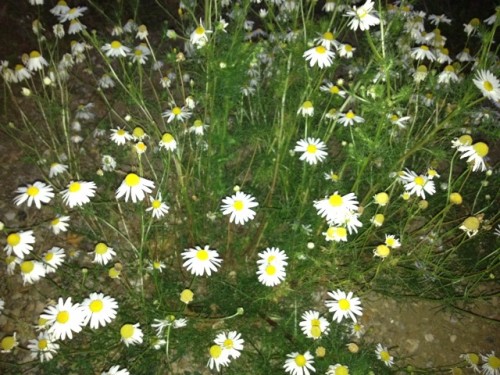by Kenan White | Jan 13, 2022 | Basics, Books & Design, Flowers, Gardening, Herbs, Inspiration, Miscellaneous, Wildlife |
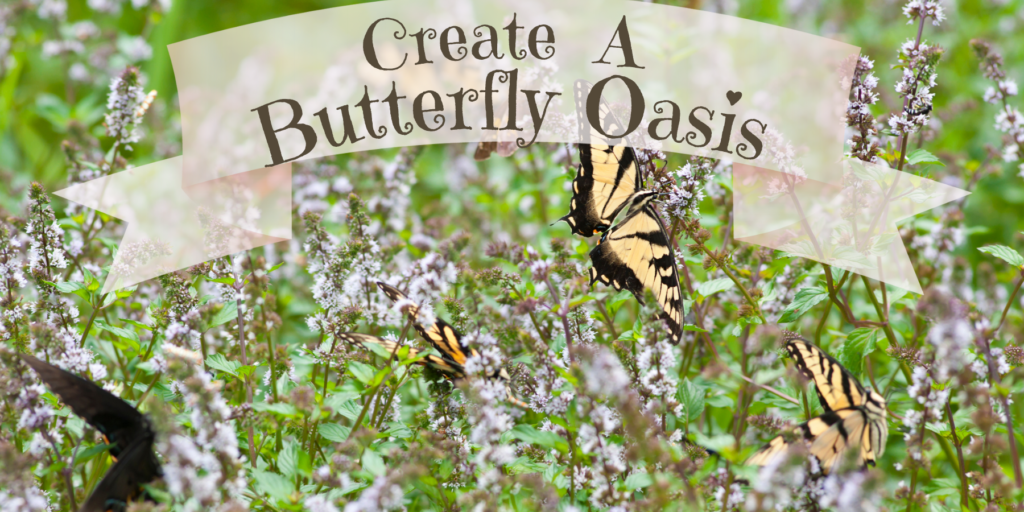
Butterfly gardening can be a wonderful way to experience wildlife in your garden, encourage pollination, and it takes very little maintenance, giving you more time to enjoy the beauty of watching butterflies flock to your plants. Many people who have maintained a butterfly garden for such a long time actually enjoy having visitors to come and look at their creation. This is also a great way to give back to your local ecosystem, as many natural habitats for butterflies and other pollinators have been destroyed by urban development and human interference. We always let about half of our test garden go wild in the summer, in addition to the many flowering shrubs and trees throughout the yard, to give butterflies a safe place to feed and lay their eggs. This is common practice, and we let this happen until the flowering shrubs and trees start to become an issue.
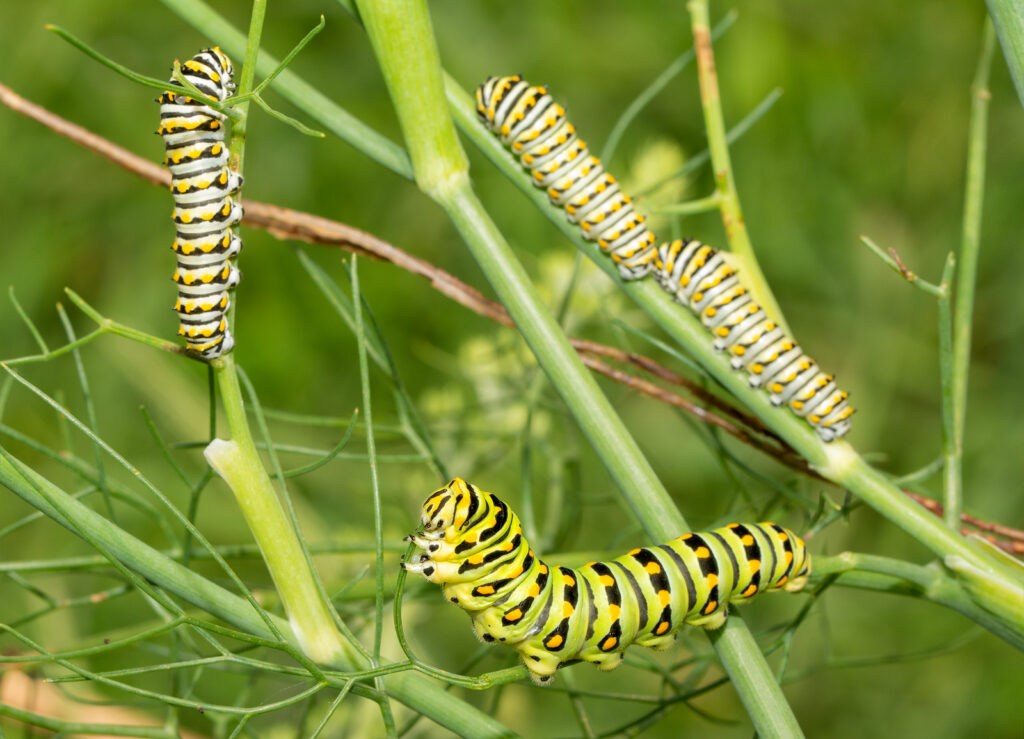
Here’s a wonderful photo showing a Fennel plant hosting Eastern Black Swallowtail butterfly caterpillars
In planning your butterfly garden, make sure to plant plenty of host plants and feeder plants. Host plants are specific herbs, flowers and other plants, that mature butterflies lay their eggs on because they create a safe haven for their young who will also feed on these plants once they become caterpillars. Be aware that these plants will be the sole food source for caterpillars, so it will be pretty heavily snacked upon. Because these may look rather ragged by the time the caterpillars are done munching on them, you may want to add these to the back of your garden, but still close to feeder plants so that the caterpillars are able to find them easily in their next stage of life. Some common host plants include Fennel, Italian Flat Leaf Parsley, Dill, Broccoli, Sunflowers, and Butterfly Flowers (also known as Milkweed).
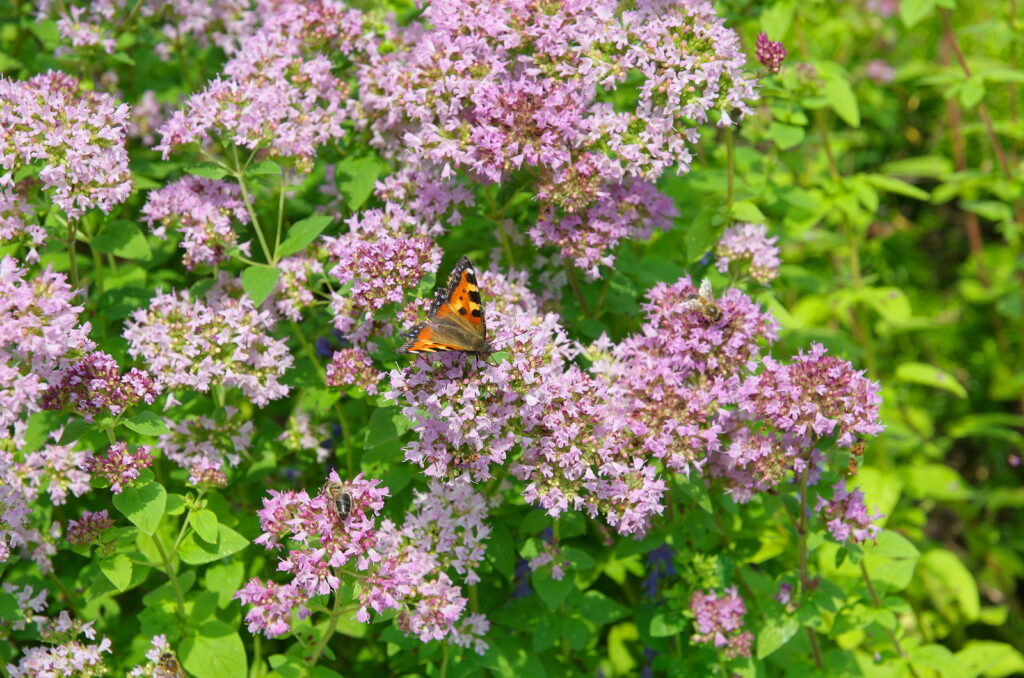
Butterfly on the flowers of oregano (lat. Origanum vulgar)
Feeder plants are nectar rich plants that adult butterflies will feed on throughout the season. These will also attract other helpful pollinators to your garden like honeybees and hummingbirds! Feeder plants tend to be fragrant and brightly colored, and you may be surprised to find that you already have many in your garden already. Some common varieties from our garden include Lantanas, Buddleias (also known as “Butterfly Bushes”), Joe Pye Weed, Bee Balm (Bergamot), Garlic Chives, and Oregano.
- Remember to plant your perennial butterfly plants toward the back of your garden and your annuals toward the front, for easy seasonal replacing.
- Don’t forget to incorporate herbs into your butterfly garden! Many herbs are perennial and will provide you with a safe haven for caterpillars and beautiful blooms when they flower. You can also use them in many other ways!
- Choose an area that is protected by the wind, as butterflies are delicate and don’t want to fight strong breezes to feed.
- Provide a water source, such as a birdbath or a shallow bucket filled with water with sand in the bottom.
- Avoid using pesticides on your plants as these will harm the butterflies and their young.
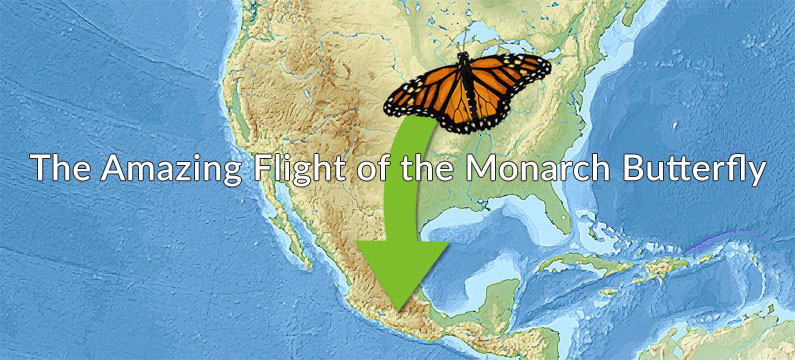
by Herb Exchange | Jul 24, 2019 | Flowers, Wildlife |
Humans are a fickle bunch, and try as I might, they are hard to figure. Say one thing, mean another. Say one thing, find out it wasn’t true. Commit to one thing, then change courses. Not saying I’m any different, but the dependability of nature (well maybe not weather) is something that brings me a lot of comfort. Cycles that repeat; you sort of come to depend on them. Geese come south, geese go north. Jenny wrens nesting in the same clay pots they used the year before. My mother in law’s daffodils emerging in late February, as they have been since she planted 30+ years ago. Even the sturgeon have decided the river is clean enough to make a comeback. We brought them to the brink of extinction, then we decided to bring them back. See what I mean? Fickle.
Well there is one cycle that is truly a wonder: the migration of the monarch. Their life cycle is equally awe inspiring but let’s focus on this trip! There are so many wondrous aspects of this flight, described as ‘epic’, so let’s start with this:
The monarch migration is the longest known insect migration on earth.
Chew on this: a monarch can leave Nova Scotia, Canada and travel to the mountains west of Mexico City, which works out to somewhere around 3,000 miles. A butterfly, mind you. Miracle? (more…)
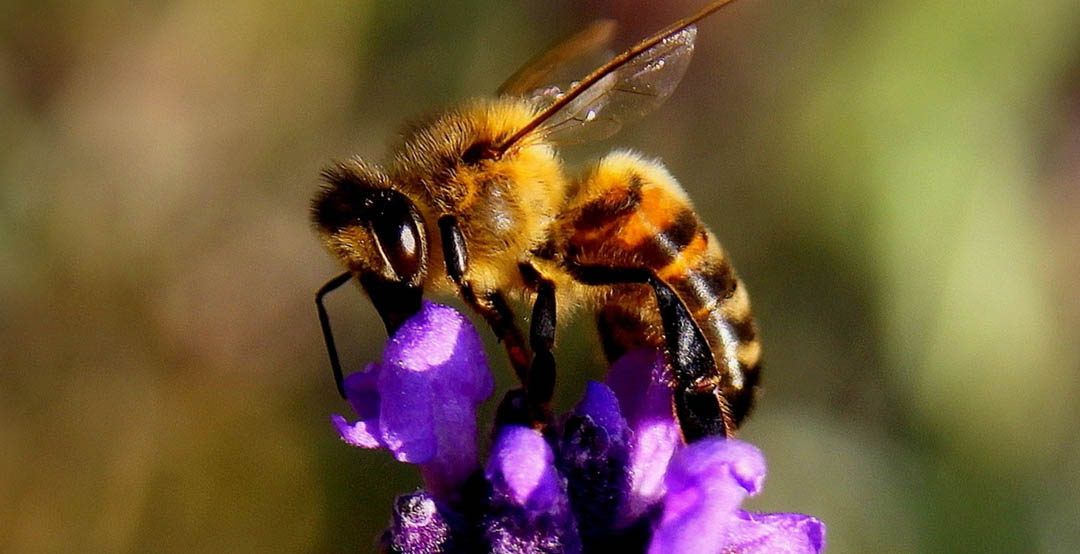
by Herb Exchange | Apr 3, 2019 | Basics, Flowers, Gardening, Wildlife |
No doubt, you are somewhat familiar with the plight of the pollinators. If you listen carefully, it feels as if so much of our natural world is facing a challenge, and it is, but there is something that all gardeners can do to help. Plant a garden packed with the right plants for these pollinators.
We are placing our focus on bees right now, as bees are the most critical pollinator we have. To refresh your memory, the issues facing bees are simple:
- Loss of flowering plants
- Loss of habitats
- Pests and diseases
- Climate change
We want to think that all of us can affect change, and make a difference, and in this case you can. If we focus on the loss of flowering plants, we can definitely be of service to bees in our world. If the problem is the loss of flower-rich habitats, the solution is to plant the best varieties of plants that provide both pollen and nectar. We grow herbs, and over 60 of our herbs are considered bee friendly. (more…)
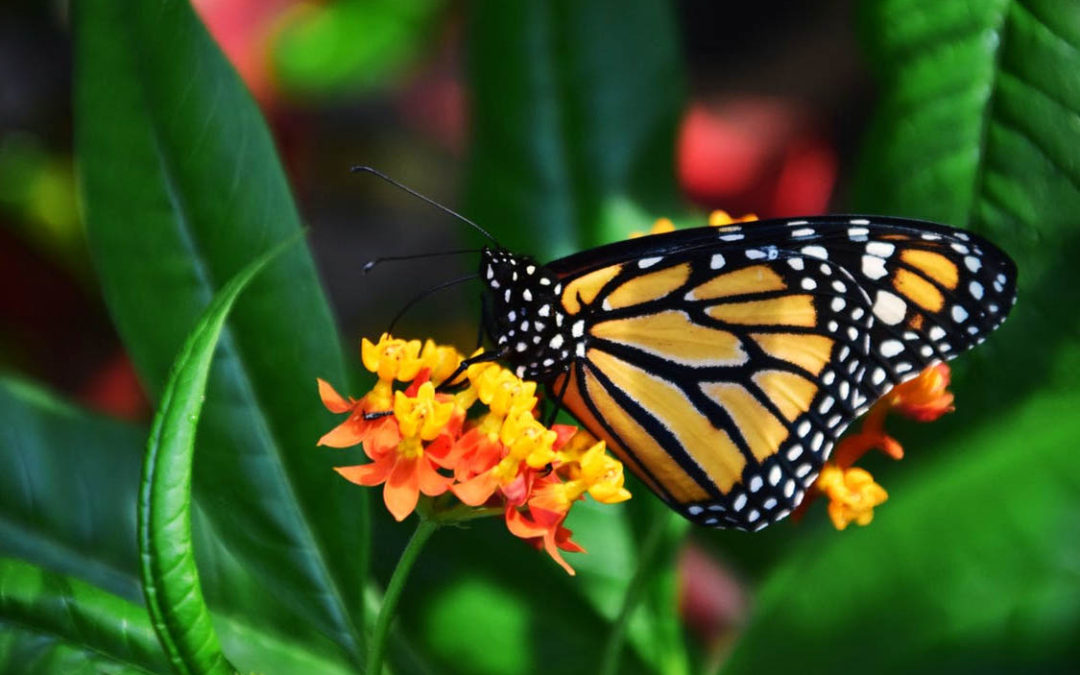
by Herb Exchange | Feb 21, 2018 | Flowers, Wildlife |
Although it won’t be official until mid-March, when the Mexican government releases the winter’s population count, ‘unofficial’ reports are anticipating a rather small migrating population. These unofficial reports are coming from the El Rosario Sanctuary in Mexico (see video example from 2016 at the end of this post); a site that can sometimes be the winter home for over 50% of the entire monarch population in Mexico. Reports and photos show butterflies densely covering approximately 18 trees. That’s good news, but last year, reports were that 50 trees were covered.
That’s not good news, but it is a call to action: PLANT MORE MILKWEED!
We’ve written a lot about pollinators, monarchs, and natives. We think that they are really important, so forgive any redundancy! A few things to keep in mind:
- All Milkweed plants are Asclepias
- Milkweed is the required host plant for monarch butterflies
- Any loss in the population of milkweed means the loss of the monarch population
- We are losing both at an alarming rate
- The biggest threats come from urban development and agricultural intensification
(more…)
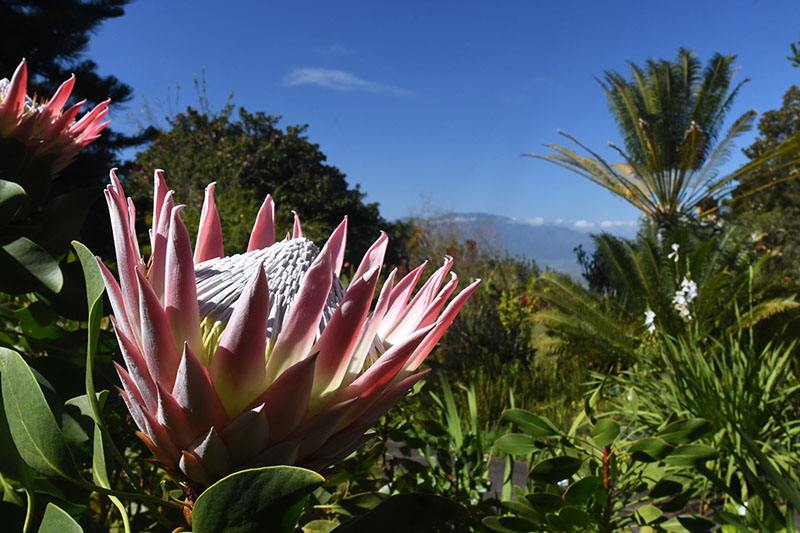
by Herb Exchange | Jan 10, 2018 | A Year in the Life.., Miscellaneous, Wildlife |
Just got back from a ‘Bucket List’ trip to Maui – 10 nights, 11 days exploring paradise with my family. Despite the time of year, we did all the usual Hawaii activities and even found a place where you could have your own private boat! Did I mention that we totally skipped the whole holiday thing? No tree, no lights, no stockings and no annual Christmas Party! Still got some of that in Hawaii, but honestly, I didn’t have to lift a finger, much less the 10′ Fraser Fir.
So, what they say is true: Hawaii is paradise. The Leis covered with orchid blooms, gorgeous purple/white dendrobium blooms hanging around your neck. Water, water everywhere – and torrential downpours at night followed by awe-inspiring sunrises and garden awaking lush and flush from their soaking the night before. No sprinklers needed at this time of year. Green, green and more green with punches of color everywhere. Fruits, flowers and herbs – passion fruit, star fruit, cherimoya, breadfruit, pineapple, bananas. Farmer’s Markets bursting with so many wild and wonderful offerings – fresh cut coconuts complete with a straw. (more…)
by Kenan White | Oct 1, 2012 | A Year in the Life.., Exploring, Gardening, Growing, Herbs, Miscellaneous, Wildlife |
Chamomile a weed? One person’s weed is another person’s herb!
While on a trip to Prairie Canada, I was surprised to find find common chamomile blooming among the prairie plants. After first spotting this familiar herb, I began seeing it along the road shoulder, in fields of peas and beans, and even in the lawn where I was staying. From my host, I learned that on the prairie farmers consider chamomile a noxious weed and work hard trying to eliminate it from their crops fields. This is a good example for comparing a desirable herb plant from a weed. And as the description for weeds explains; it all depends on where a plant is growing! So even though chamomile is a weed is some places, it is a welcome herb in my garden. I have plenty of other plants on my own weed list!
